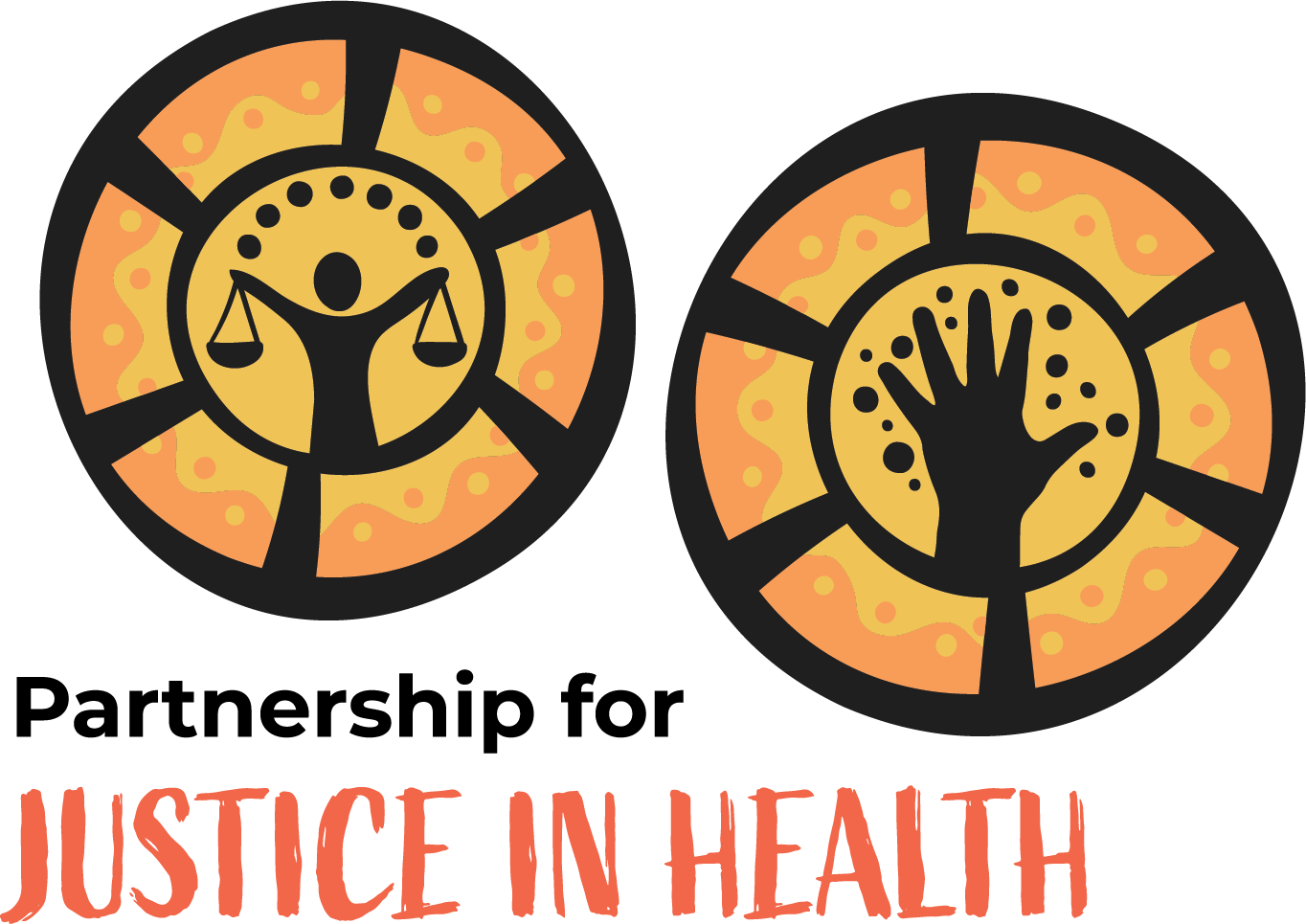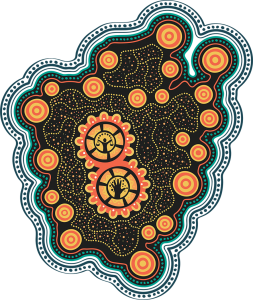Following the passing of the Youth Justice Bill in the Victorian upper house on Thursday 15 August, the P4JH is deeply concerned at the Victorian Premier’s backflip on commitments to raise the age of criminal responsibility to 14 years old by 2027.
It is also noted that the new CLP government in the Northern Territory are also planning to re-lower the age of criminal responsibility to 10 years.
The P4JH strongly advocates that it is children that must be protected by the law, not harmed by it, and so raising the age of criminal responsibility from 10 to 14 years of age must not be abandoned.
This issue disproportionately impacts Aboriginal and Torres Strait Islander children in themost harmful ways. The rate of youth detention for Aboriginal and Torres Strait Islander young people aged 10 to 17 years in Victoria was 10.6 times the rate for other Australian young people and Aboriginal and Torres Strait Islander youth in the NT are detained at a rate 70 times higher than other Australian young people, which is the largest disparity of any state or territory in Australia.
The health, wellbeing and development of young children must be at the forefront of any decision on this issue. We know:
- Children aged 10 to 13 in the youth justice system are physically and neurodevelopmentally vulnerable and require a different response to behavioural issues than older children.
- Most children in the youth justice system have significant additional neurodevelopmental delays.
- Children aged 10 to 13 years old in juvenile detention also have higher rates of pre-existing psycho social trauma which requires support, stability and care, not incarceration.
- The harms from incarcerating very young children are severe and long lasting
- Harms come from remand as well as custodial sentences – and most young people in custodial settings are not serving a sentence.
- Harms are caused by the criminal justice system even when there is no incarceration: a criminal record is a very large burden for a child to bear, with lifelong consequences.
Previous groundbreaking research in 20183 has shown that more than one in three young people at Banksia Hill Juvenile Detention Centre in WA had Fetal Alcohol Spectrum Disorder and nearly 90 per cent of those assessed had at least one form of severe neurodevelopmental impairment, most of which had not been previously diagnosed.
P4JH believes that these most vulnerable of children should be receiving additional health care and support, NOT being incarcerated in prison.
If we are to reach the Closing the Gap target #11 – to reduce the rate of Aboriginal and Torres Strait Islander young people (aged 10-17) in detention by at least 30% by 2031, then we must listen to Aboriginal and Torres Strait Islander peoples, along with other health and justice experts, and maintain the commitment to raise the age of criminal responsibility to 14 years old by 2027.

